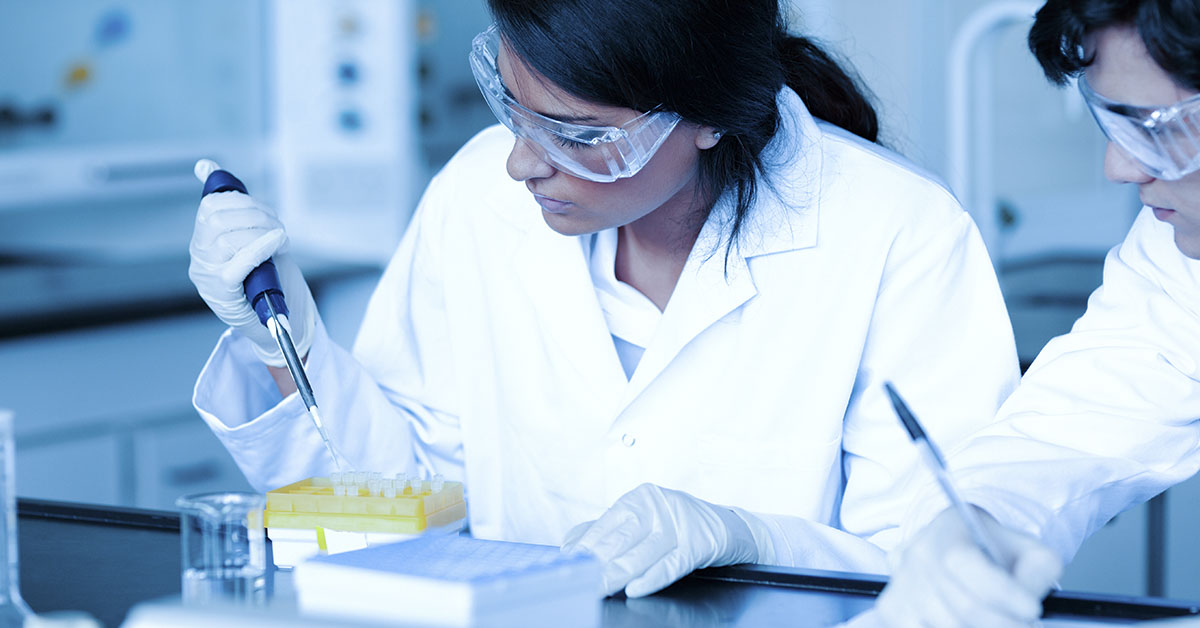Artificial wombs sound like something out of a science fiction novel, but they may become a reality. Research groups around the globe are exploring the concept of artificial gestation. Some groups are already testing their technology on animals like lambs and sharks. In fact, one team successfully grew a premature lamb in an artificial womb for four weeks.
However, exploring ectogenesis — the development of an embryo outside of a natural uterus — is not just a pursuit to push the boundaries of scientific possibility. For instance, hospitals already use partial ectogenesis when they place premature babies into humicribs to continue their development. An artificial womb could extend the amount of time a fetus could grow outside of a uterus. Eventually, fetuses might be able to grow without uteruses altogether. However, this idea comes with many potential ethical issues.
Growing Life in an Artificial Womb
Although partial ectogenesis already exists, true ectogenesis may still sound far-fetched. However, many scientists specializing in reproductive biotechnology believe it can exist with enough time and support. Animal experiments already point to this possibility, although the technology is still in its early stages.
An artificial womb, in theory, would need to recreate the real thing as closely as possible. That would include some sort of chamber or shell to protect the embryo as it grows. It would also need a replacement for amniotic fluid, which works as a shock absorber in the womb. Finally, there needs to be an artificial placenta, or in other words, a way to bring oxygen and nutrients into the fetus while drawing carbon dioxide and waste out. Animal tests have used acrylic tanks, plastic bags, uterine tissues (artificially kept alive) as chambers, and complicated catheter and pump systems in place of the placenta. [1]
One team has successfully grown eight premature lambs in such a device. “We’ve been extremely successful in replacing the conditions in the womb in our lamb model,” says Alan Flake, a fetal surgeon at Children’s Hospital of Philadelphia who led the study. “They’ve had normal growth, they’ve had normal lung maturation, they’ve had normal brain maturation. They’ve had normal development in every way that we can measure it.” [2]
Read: You will get chipped — eventually
The Uses and Effects
In the future, this technology may increase the survival rate of extremely premature human babies. As of now, infants born before 22 weeks of gestation have little to no chance of surviving, and those born after 23 weeks often suffer from many disabilities. Creating an artificial womb can help them continue to develop and live with better health prospects. The womb may also help protect the fetus from exposure to infectious diseases and similar harms. Plus, this technology might make fetus surgery easier and, therefore, more effective.
Of course, the most apparent use of ectogenesis is allowing people to have children without a uterus or a surrogate. This opens possibilities for people who are infertile or unable to bear children for physiological or social reasons. It could also help fertile women who choose not to be pregnant because their medication, career, or lifestyle may harm the fetus. But it’s likely that only the rich could afford to use an artificial womb at first — at least until the technology becomes more common and affordable, as was the case with IVF.
However, artificial womb technology can create potential ethical concerns. For instance, will it ever be acceptable to test this on humans? “I could imagine a time, you know sort of [a] ‘Brave New World,’ where we’re growing embryos from the beginning to the end outside of our bodies. It would be a very Gattaca-like world,” says Dena Davis, a bioethicist at Lehigh University.
If this technology would become mainstream, it could be implemented into legislation. For instance, states could theoretically require women to put their fetuses into artificial wombs in place of abortions. Insurance companies may only cover artificial-womb pregnancies to avoid the costs of complications with natural pregnancies and deliveries. Additionally, employers might require female employees to use artificial wombs instead of taking maternity leave. “The ethical implications are just so far-reaching,” says Scott Gelfand, a bioethicist at Oklahoma State University.
The Unknown
There is also another important concern with this technology. “The problem is a baby raised in a machine is denied a human connection,” says Barbara Katz Rothman, a sociologist at the City University of New York. “I think that’s a scary, tragic thing.” She maintains that more effort should be put into preventing premature births. [3]
The technology is in its infancy, but the debate about its implications is fully underway. “We’re in a unique position, whereby we see this technology on the frontier but yet we can talk about it and maybe understand it more,” Gelfand says. “There are things that we as a society need to, in my opinion, think through, talk about, before we wake up and read in the newspaper ‘Scientist delivered baby in an artificial womb’ and then we’re like ‘oh, what now?’” [4]
Keep Reading: AI “Nanny” Being Created by Chinese Scientists to Grow Babies in Artificial Wombs
Sources
- “We may one day grow babies outside the womb, but there are many things to consider first.” The Conversation. Neera Bhatia and Evie Kendal. November 10, 2019.
- “An extra-uterine system to physiologically support the extreme premature lamb.” Nature Communications. Emily A. Partridge. April 25, 2017
- “In The Future, You Could Be Pregnant Outside Your Body.” Vice. Natasha Preskey. June 15, 2018
- “Scientists Create Artificial Womb That Could Help Prematurely Born Babies.” NPR. Robin Stein. April 25, 2017.

